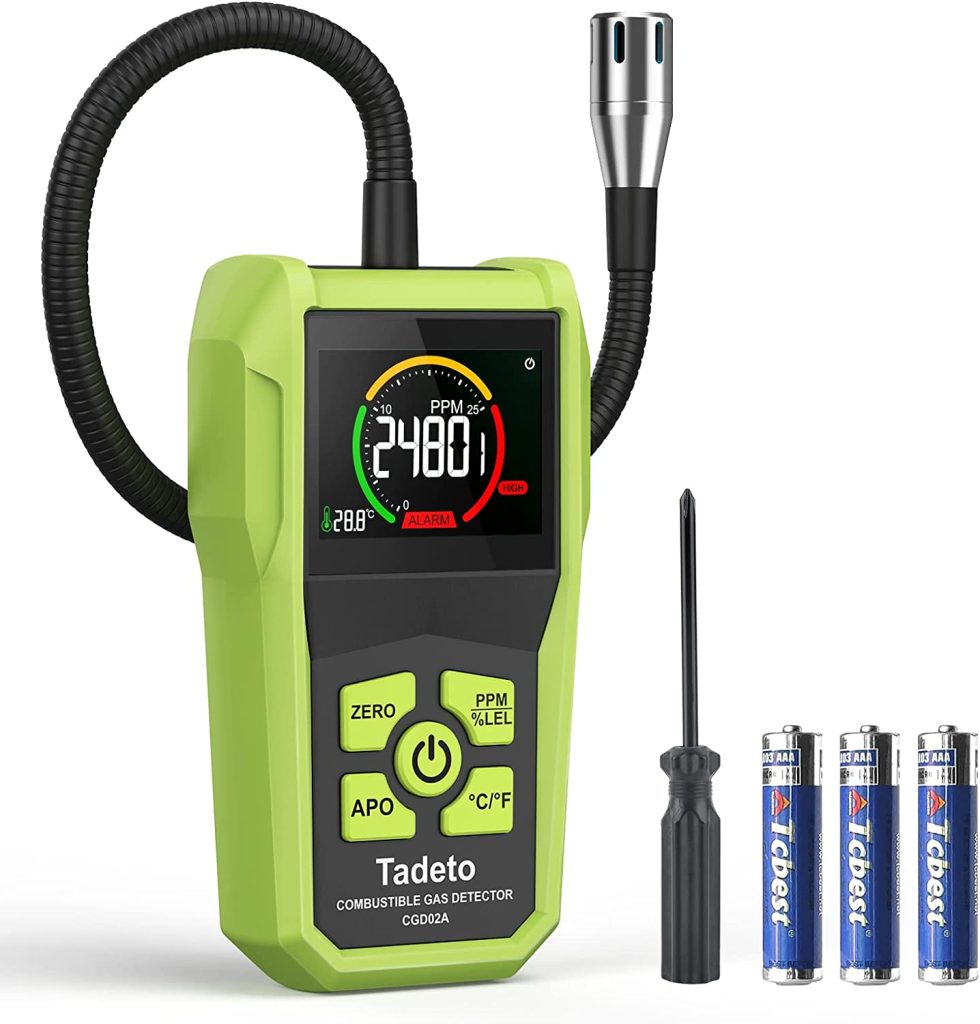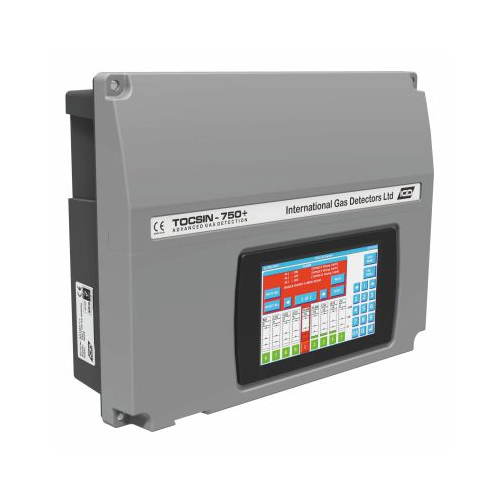Over the past decade, vaping has witnessed a significant rise in popularity. Vaping devices, often called e-cigarettes or electronic cigarettes, operate by heating a liquid containing nicotine or other substances, producing an aerosol that the user inhales. The appeal of vape detector in its perception as a less harmful alternative to traditional smoking, with various flavors and customization options attracting a diverse user base.
Concerns Surrounding Vaping
Despite its growing popularity, vaping has raised concerns among health experts, parents, and authorities. The long-term health effects of vape detector are still not fully understood, and studies have linked it to respiratory issues, heart problems, and nicotine addiction. Additionally, the rise of vaping in public spaces has created challenges in maintaining health and safety standards, as the aerosol produced can affect bystanders and compromise air quality.
Importance of Vape Detectors
Vape detectors protect health and safety by identifying vaping activities in restricted areas. These areas include schools, hospitals, offices, public transportation, and other spaces where vaping is prohibited. By detecting and alerting authorities in real time, vape detectors help enforce no-vaping policies, mitigate health risks, and create a safer environment for everyone.
How Vape Detectors Work
Vape detectors utilize advanced sensor technologies to detect the aerosol particles emitted during vaping. These sensors are designed to recognize specific chemical compounds commonly found in e-cigarette aerosols, enabling accurate detection. When the detector identifies the presence of vaping, it triggers an alert, such as a notification to security personnel or an audible alarm, to take appropriate action.

Installing Vape Detectors
The installation of vape detectors depends on the specific requirements of the environment. Typically, vape detectors are strategically placed in areas where vaping is prohibited or prone to violations. These include restrooms, classrooms, lobbies, corridors, and other communal spaces. Proper placement ensures comprehensive coverage and maximizes the effectiveness of the detectors.
Types of Vape Detectors
Various vape detectors are available to cater to different environments and needs. Some detectors are discreetly integrated into existing smoke detectors or security systems, while standalone models can be installed independently. Additionally, some vape detectors offer wireless connectivity and centralized monitoring capabilities, allowing real-time tracking and reporting of vaping incidents.

